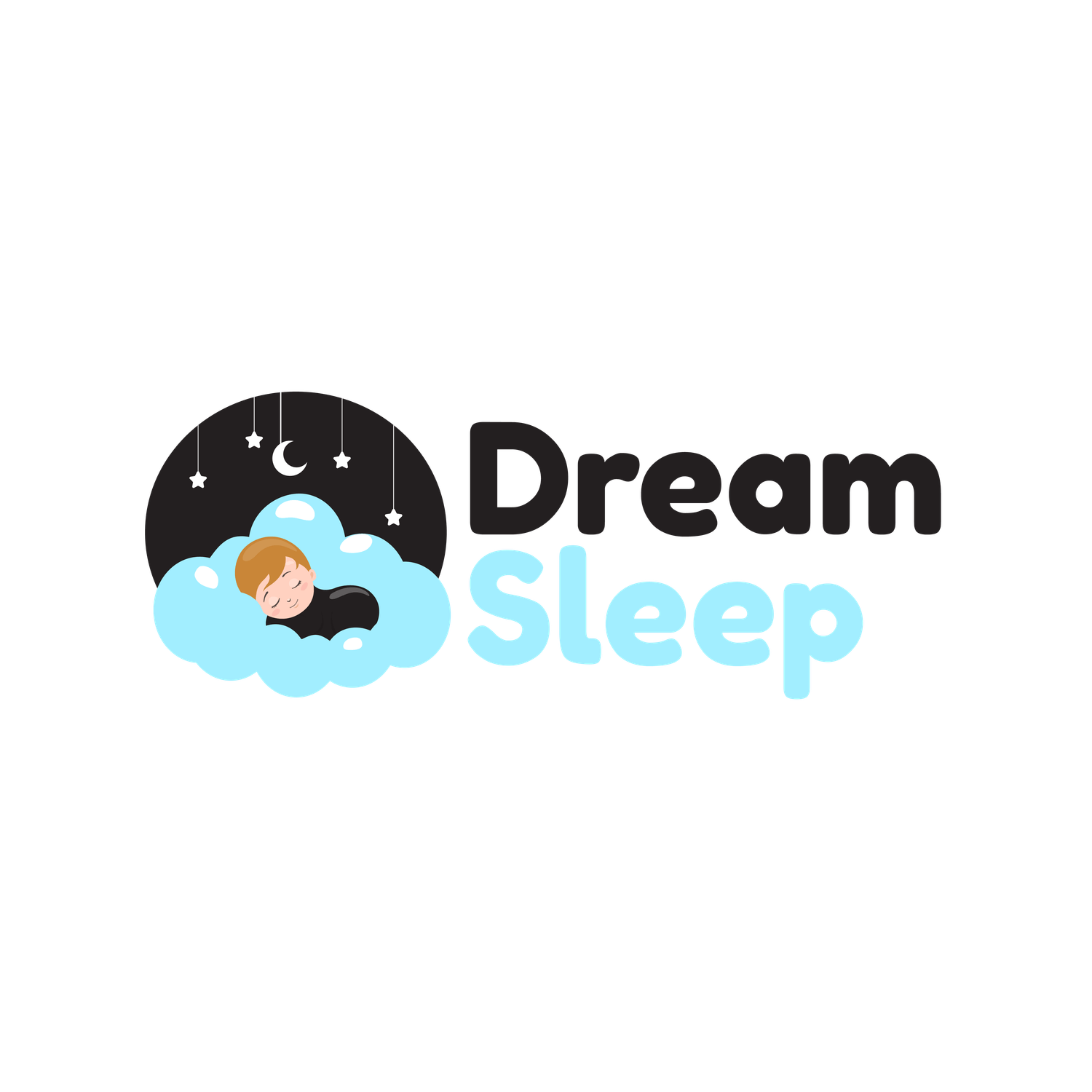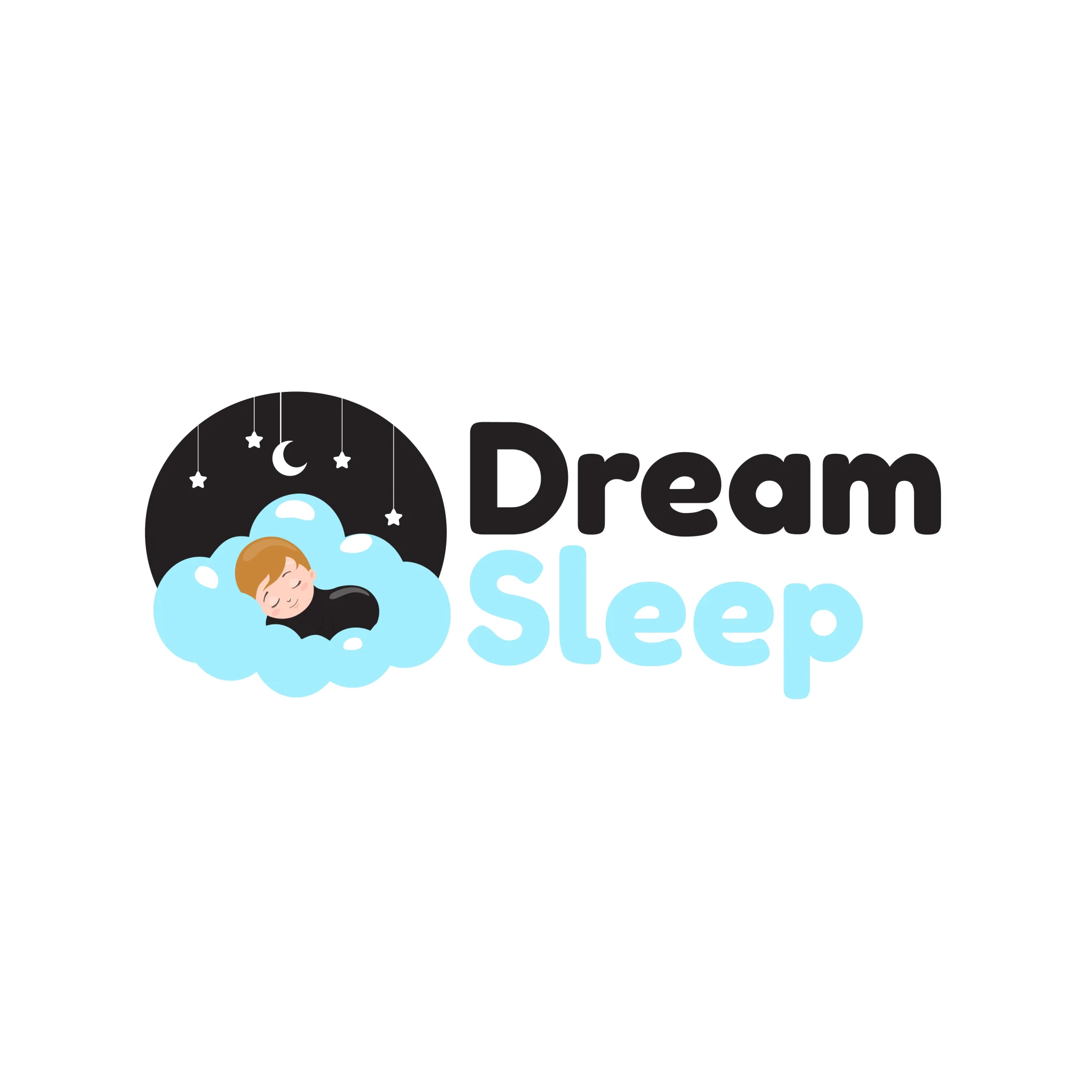Three year old developmental milestones and sleep
Here are some typical developmental milestones and sleep patterns for a 3-year-old child:
1. Physical Development:
– Gross motor skills: By the age of 3, most children can walk, run, jump, and climb stairs independently. They can also pedal a tricycle and balance on one foot momentarily.
– Fine motor skills: Children at this age can use their fingers and hands more skillfully. They can build towers with blocks, use utensils to feed themselves, and scribble with crayons.
2. Cognitive Development:
– Language skills: By the age of 3, children can typically speak in short sentences, use pronouns correctly, and have a vocabulary of about 200-300 words. They can understand simple instructions and engage in basic conversations.
– Problem-solving: Three-year-olds are developing problem-solving skills and can solve simple puzzles, sort objects by shape and color, and understand basic cause-and-effect relationships.
– Imagination and pretend play: Children at this age engage in imaginative play, creating scenarios and pretending to be different characters.
3. Social and Emotional Development:
– Independence: Three-year-olds strive for independence and enjoy asserting themselves. They want to do things on their own, such as getting dressed or feeding themselves.
– Empathy: Children at this age begin to show empathy towards others, recognizing when someone is sad or upset.
– Social interaction: They enjoy playing with other children and can start taking turns and sharing toys (although this may still be challenging at times).
Sleep patterns for a 3-year-old:
– Sleep duration: Most 3-year-olds need around 10 to 12 hours of sleep per night, although individual needs may vary.
– Daytime naps: Many 3-year-olds still take a daytime nap, typically lasting around 1 to 2 hours. However, some children may begin to transition away from napping altogether.
– Bedtime routine: Establishing a consistent bedtime routine helps with sleep. This may include activities such as reading a story, taking a bath, or listening to calming music.
– Nighttime awakenings: Some children may still wake up during the night. It’s important to provide reassurance and comfort if this happens.
It’s important to remember that every child develops at their own pace, and there can be variations in sleep patterns. If you have concerns about your child’s development or sleep patterns, it’s best to consult with a paediatrician/GP or Dream Sleep Occupational Therapy for personalised advice and guidance.
To contact Dream Sleep Occupational Therapy, email info@DreamSleepOT.com.au or visit the website.
Or Book Now
Share this:
Leave a comment

For the best sleep possible
Dream Sleep Occupational Therapy provides evidence-based and personalised advice to support your family’s best possible sleep
Contact Us
Open Hours
Mon-Fri: By appointment only
Saturday: Closed
Sunday: Closed
Public Holidays: Closed
WA School Holidays: Closed
Location
Maylands, Western Australia.
Telehealth, online courses and sleep guides- worldwide
All Rights Reserved 2025 Dream Sleep OT.


